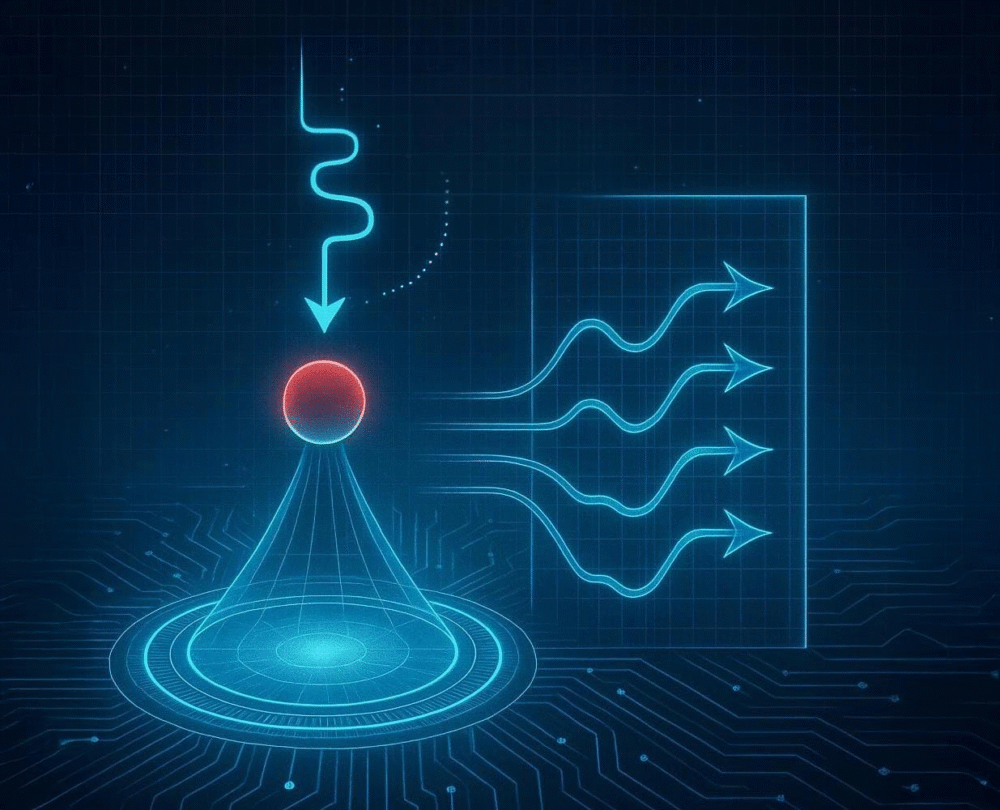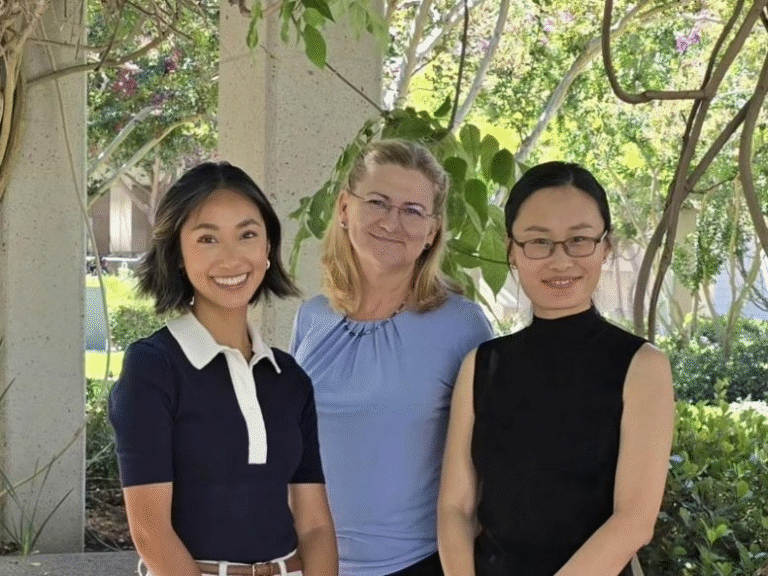Two Big Breakthroughs Could Bring Quantum Computers Closer to Reality

Quantum computing always feels like it’s just around the corner — and two new discoveries might actually help bring that future closer. Researchers in Europe have unveiled not one, but two fresh approaches that could make quantum computers faster, cheaper, and much more reliable. Let’s break down what’s happening.
Smarter Control of Light with Quantum Dots
First up: scientists from the University of Innsbruck, along with partners in Cambridge and Linz, have found a way to simplify how we generate streams of quantum light.
Quantum dots — which are basically tiny crystals — can emit single photons on demand. That’s a big deal because photons (particles of light) are great candidates for carrying information in quantum computers and secure communication systems.

The snag? Each quantum dot is unique, so they don’t all produce photons of exactly the same color. That mismatch makes it tricky to combine multiple dots for complex quantum experiments. Until now, researchers had to use expensive electronic modulators to split light from a single dot into different channels — a method that’s both costly and inefficient.
Here’s where the new idea shines. The Innsbruck team used a purely optical trick called stimulated two-photon excitation. Instead of needing extra hardware, the process directly nudges a quantum dot to spit out photons in different polarization states. Translation: they can now get multiple photon streams without bulky electronics.
The result? Cleaner, more efficient photon production — and a much easier path to scaling up quantum systems. Lead researcher Vikas Remesh calls it a move that takes “complexity out of the electronics and puts it into the optics.” That shift could make quantum devices far more practical.
And the applications are real. Think ultra-secure quantum key distribution, where multiple streams of photons allow for simultaneous encrypted communication with different users. Or experiments testing the foundations of quantum mechanics itself. Exciting stuff.
Building Materials That Resist Quantum “Noise”
While the Innsbruck work tackles photon control, another team from Chalmers University of Technology in Sweden (with colleagues in Finland) is zooming in on a totally different challenge: keeping quantum bits — or qubits — stable.
Qubits are incredibly fragile. The slightest vibration, temperature shift, or magnetic nudge can make them lose their delicate quantum state. This fragility is why today’s quantum computers need super-cold, highly protected environments — and why they still make errors.
The Swedish-Finnish collaboration has developed a new type of exotic quantum material that naturally resists disturbances. Instead of relying on rare quantum effects like spin-orbit coupling (the usual way to stabilize qubits), they turned to something far more common: magnetism.
By carefully designing how magnetic atoms interact with electrons inside the material, they created what’s known as robust topological excitations. In plain language, that means the qubits formed in this material can “hold on” to their quantum state, even in the face of environmental noise.
One of the researchers, Guangze Chen, explains it with a cooking analogy: instead of needing rare spices, this method uses “everyday ingredients.” That opens the door to finding many more materials that can host stable quantum states — materials that might be cheaper and easier to work with.
Even better, the team built a computational tool to speed up the hunt for these resilient materials. That could accelerate discoveries and help pave the way for next-generation quantum platforms.
Why This Matters
Quantum computing is often described as the tech that will crack problems impossible for today’s supercomputers — from simulating complex molecules for drug discovery to optimizing massive logistical puzzles.
But for that to happen, researchers need to solve two big issues:
- How to efficiently generate and control photons or qubits
- How to make those qubits resistant to noise and errors
These two new studies tackle exactly those bottlenecks. One improves photon production with a clever optical shortcut, and the other builds stability directly into the material itself.
It’s still early days, but together these breakthroughs feel like important puzzle pieces in making quantum computing real, practical, and scalable.
And honestly, isn’t it fascinating how sometimes the smartest ideas come from simply shifting the problem — whether it’s moving complexity from electronics to optics, or swapping rare physics effects for everyday magnetism?
Quantum computing may still be in its experimental stage, but with moves like these, the future feels a little closer.





